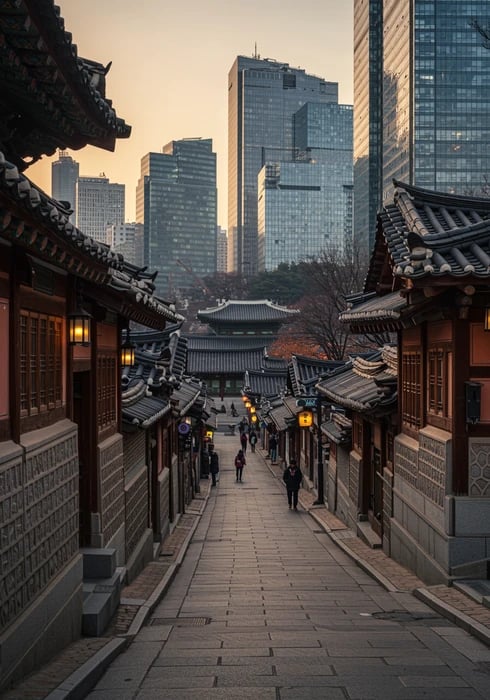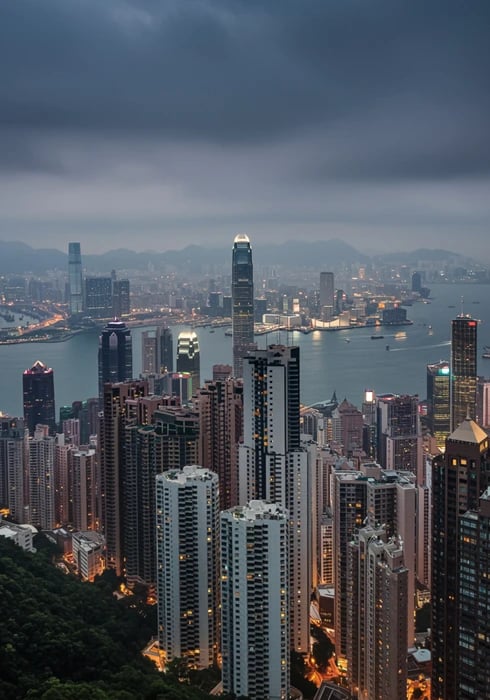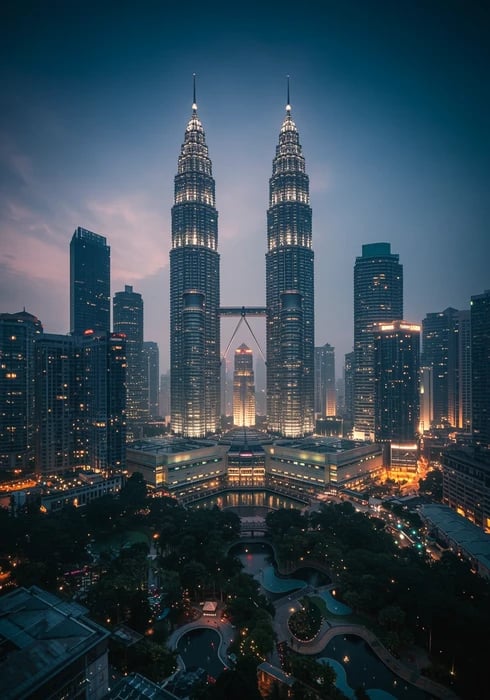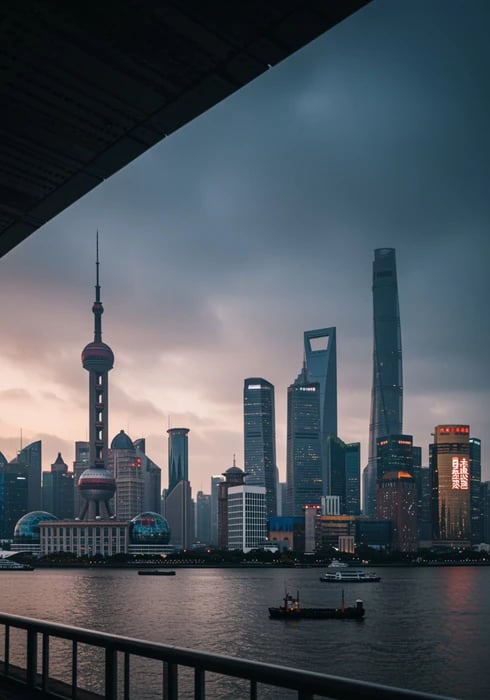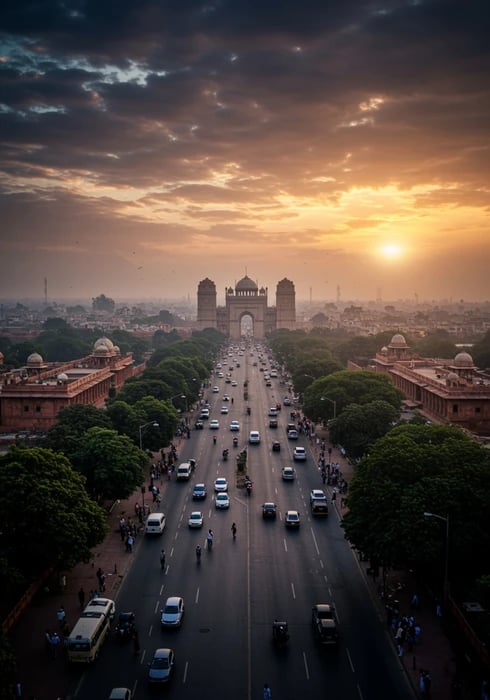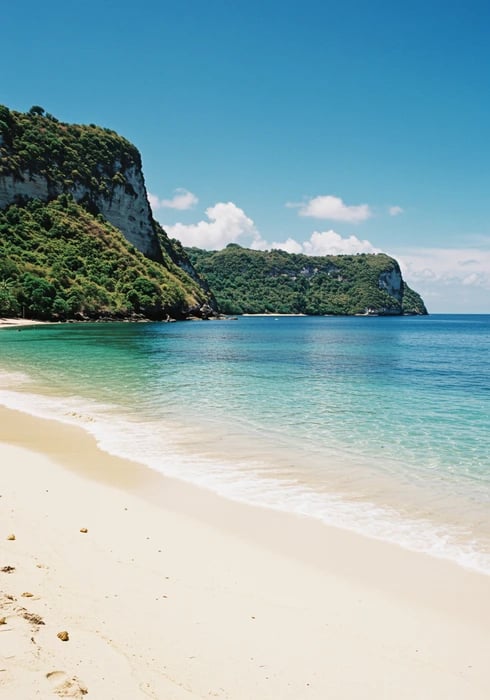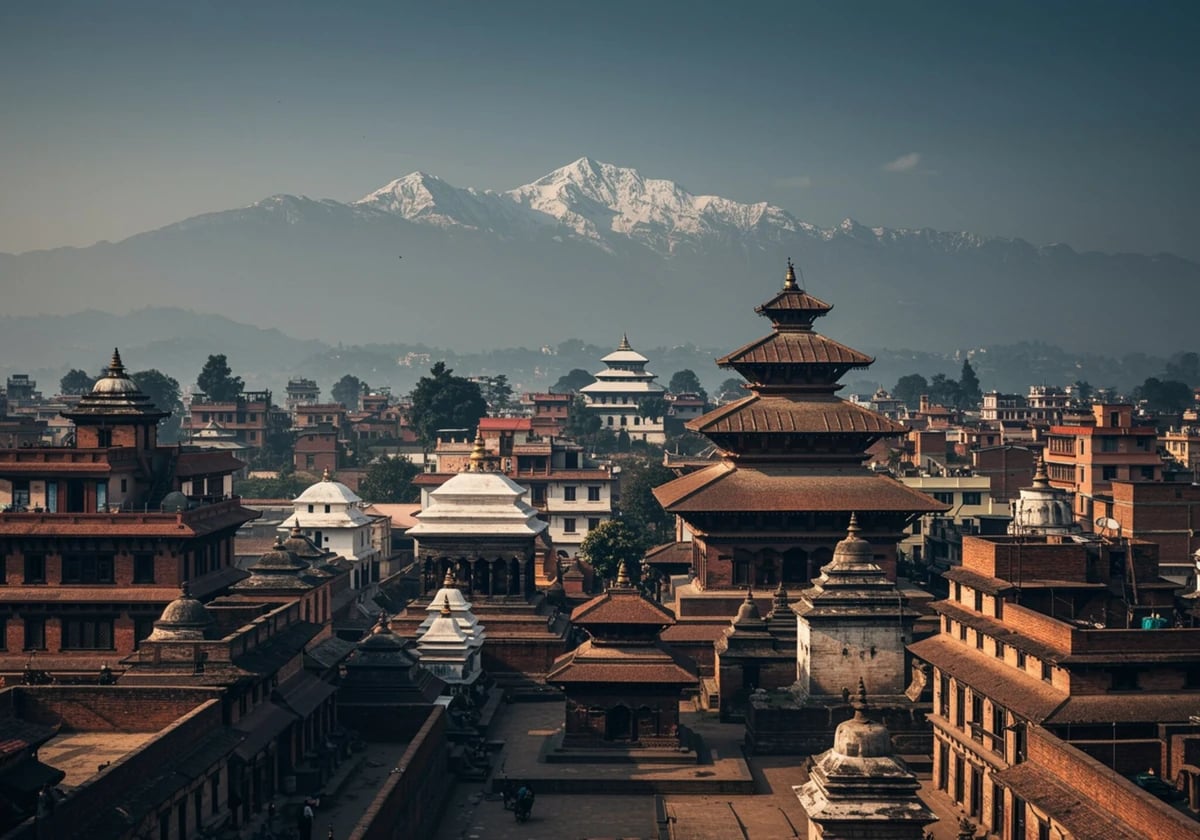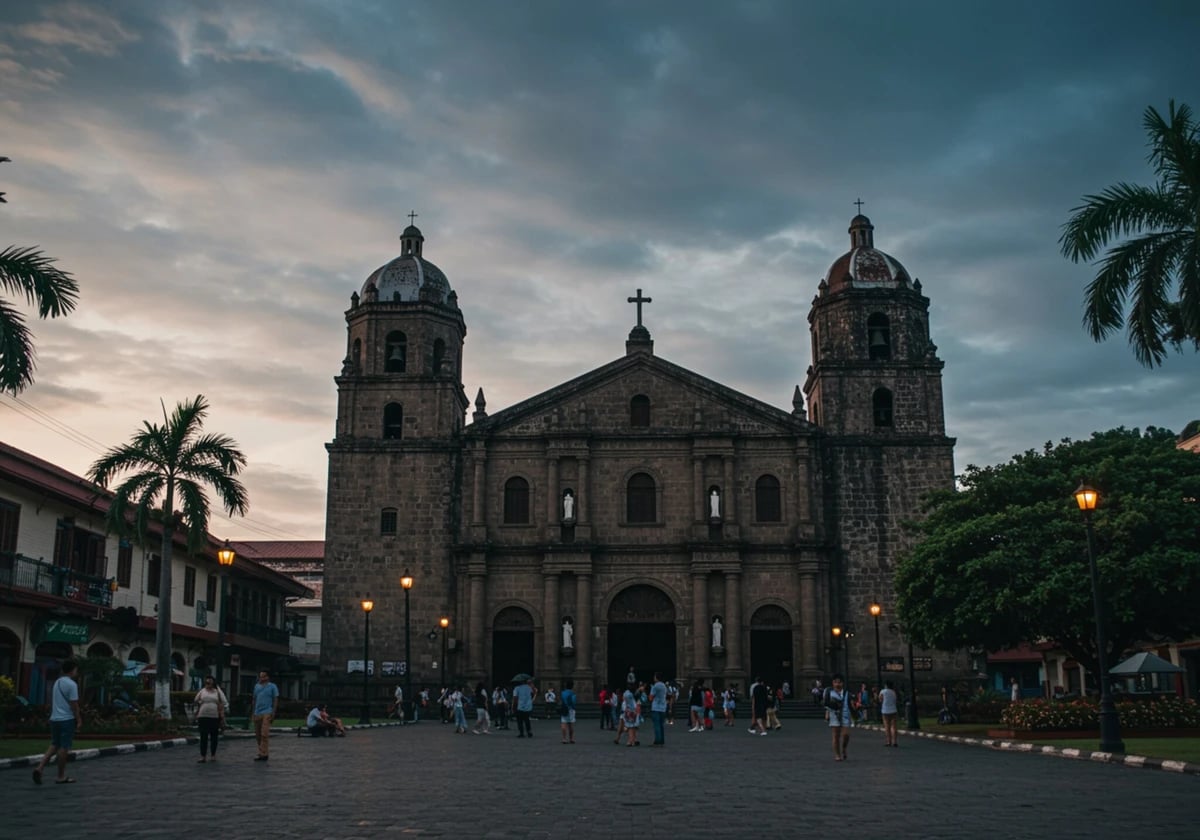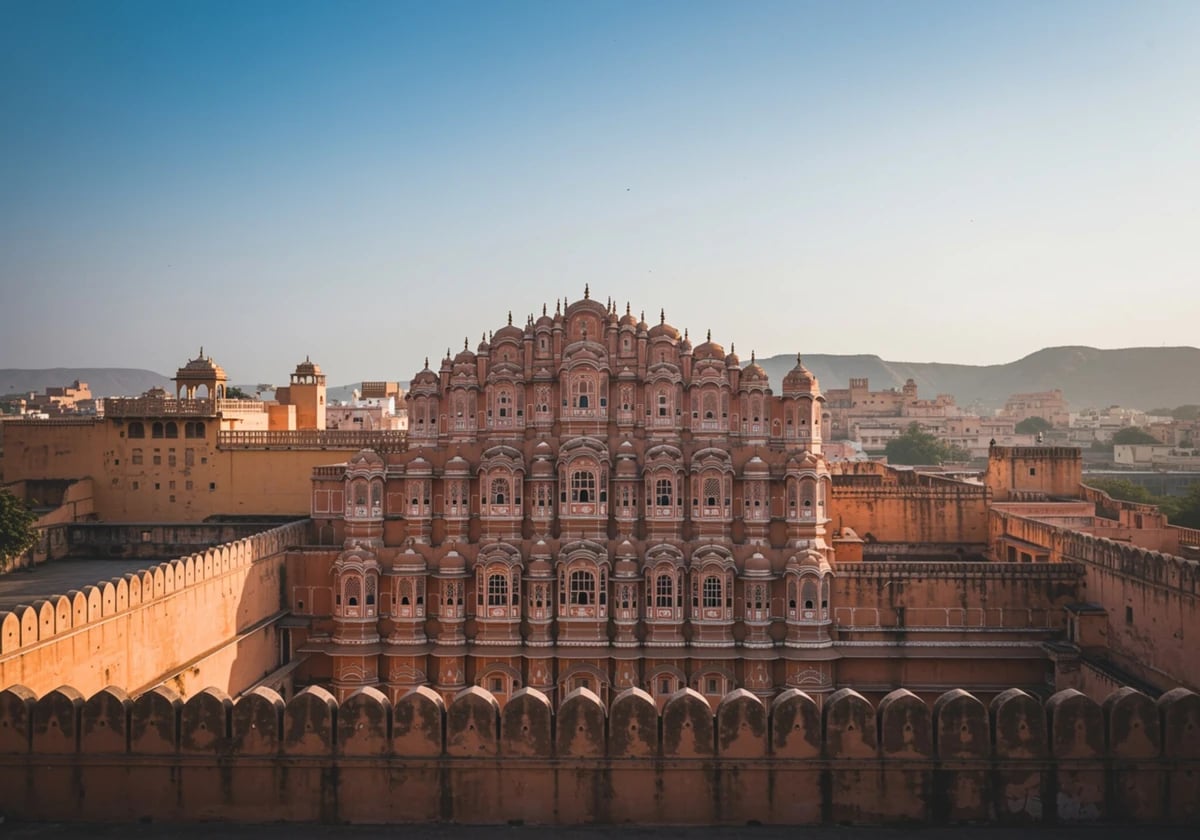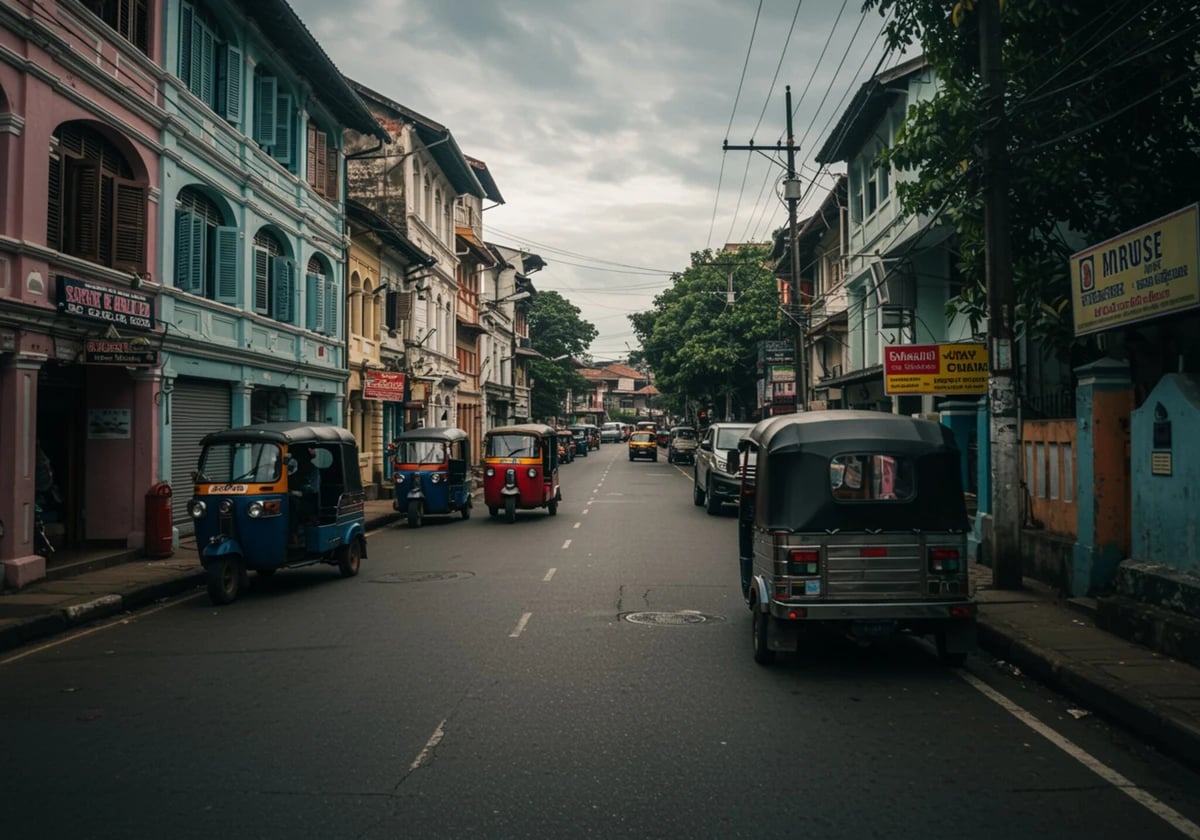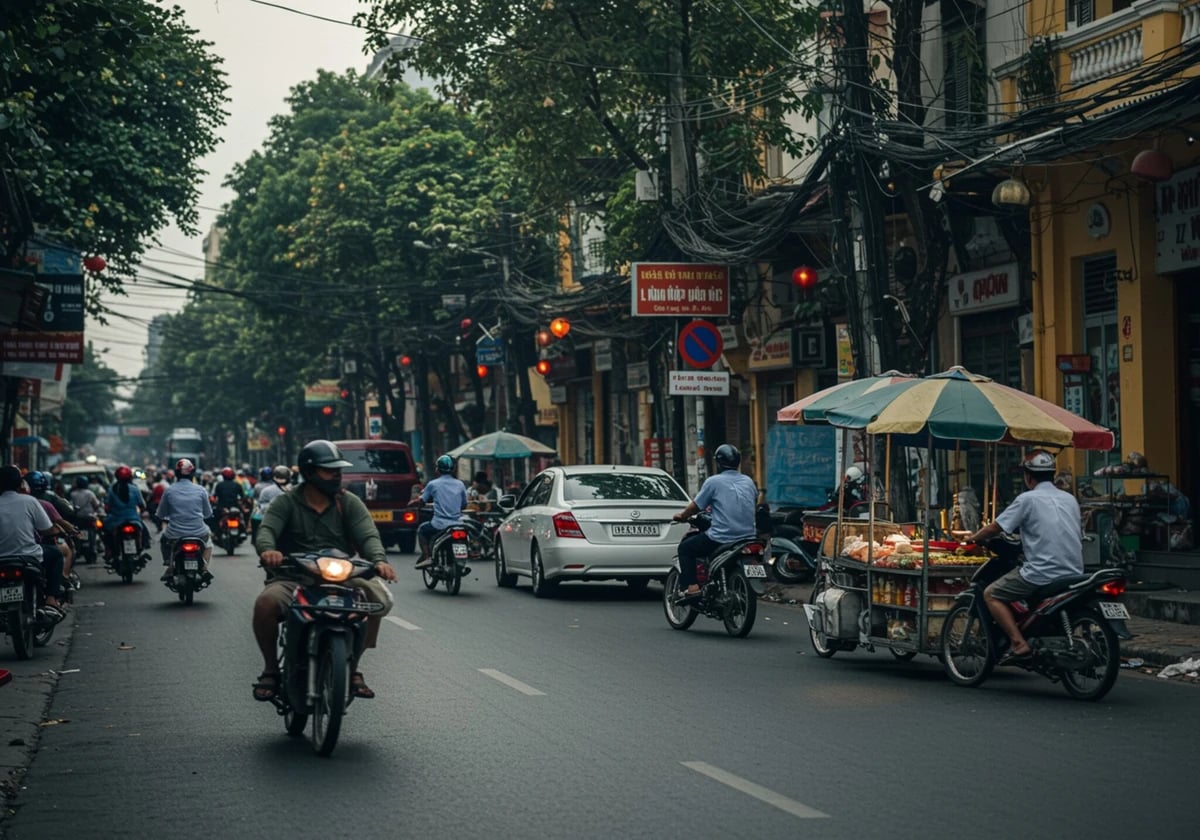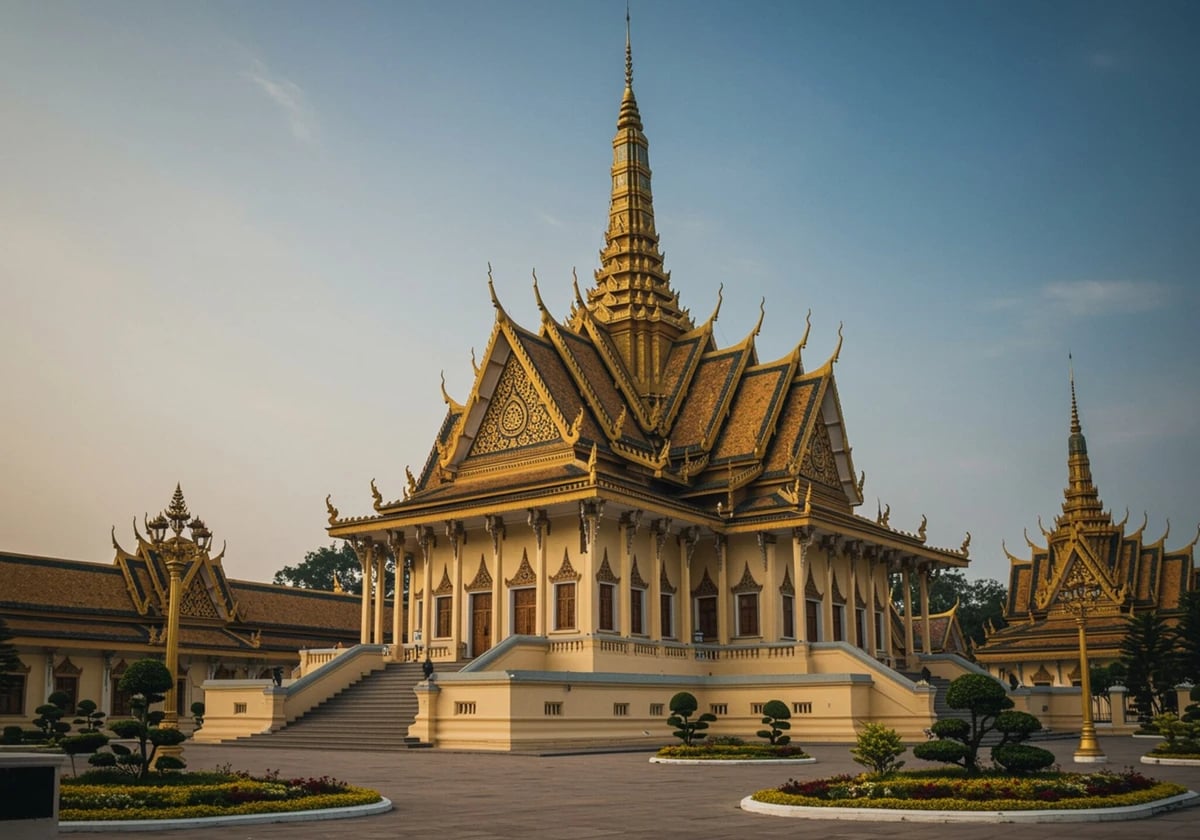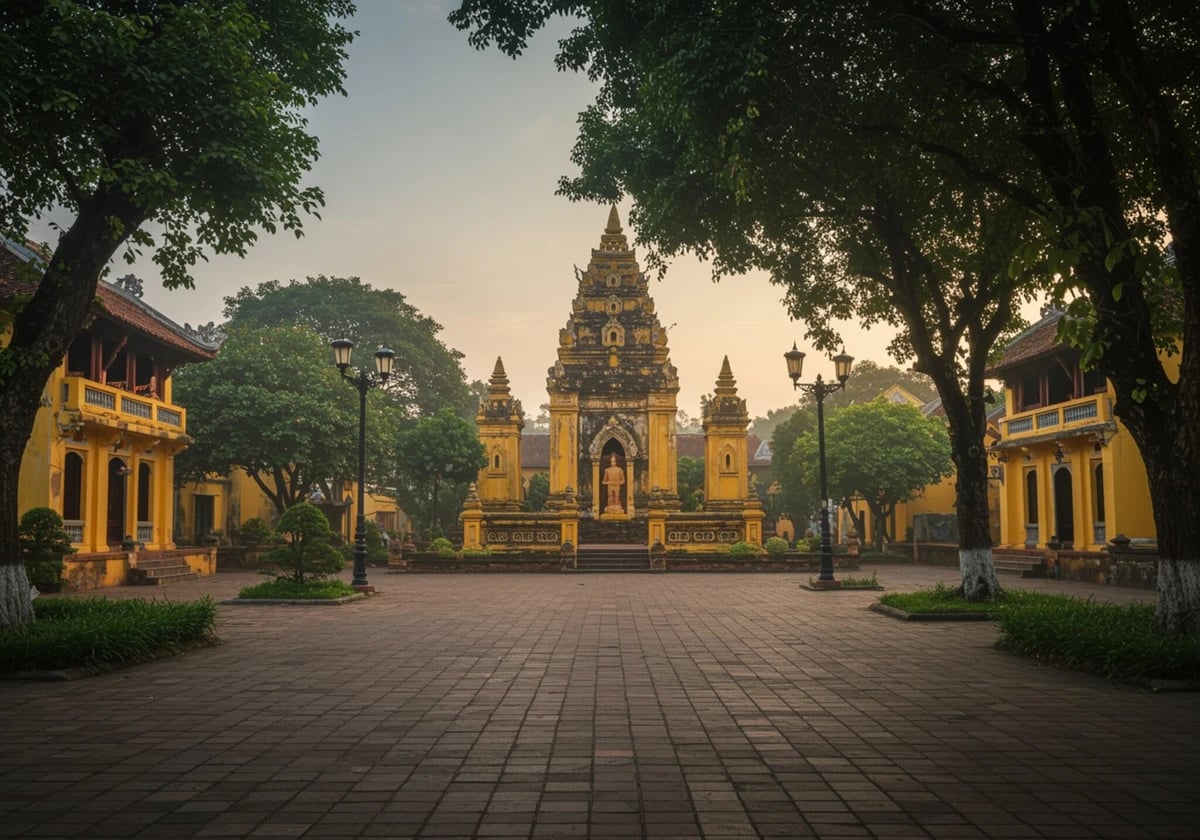
Discover Asia with TICKETS.SE
Book your flights to Asia and experience a world of culture and adventure.
Cheap Flights to Asia from Sweden
Traveling to Asia has never been easier or more affordable. With TICKETS.SE, you can easily compare flight prices to Asia and find the best deals for your trip. Whether you're looking for last-minute flights to Asia or planning a vacation in advance, we offer a wide range of options for all types of travelers. From direct flights to Asia to low-cost flights, we have something for everyone. Whether you're traveling from Stockholm, Gothenburg, or any other part of Sweden, you can find cheap flights to Asia from Sweden with us. Explore the diverse cultures, cuisines, and landscapes that Asia has to offer, and make it a memorable adventure. With our platform, you can easily book cheap flights to Asia and enjoy a smooth and comfortable journey. So why wait? Start planning your next trip to Asia today and discover all that this amazing continent has to offer.
Discover amazing flight deals to Asia with last minute and best prices
Explore our latest offers on flights to Asia. Find cheap flight tickets to Asia and book cheap flights to Asia for your next vacation. Compare flight prices to Asia and take advantage of our flight promotions to get the best prices.
Seasonal Recommendations for Visiting Asia in Different Seasons
Traveling to Asia can be a fantastic experience year-round, but each season offers unique experiences. Weather and cultural events can affect your trip, so it's important to plan ahead.
Winter in Asia offers both snowy adventures and sunny beaches. From skiing in Japan to sunbathing in Thailand, there's something for everyone. The winter months are also a great time to experience cultural festivals and traditions.
Spring in Asia is known for its blooming cherry blossoms and mild temperatures. It's an ideal time to explore nature and participate in spring festivals.
Summer in Asia is perfect for beach trips and adventures. From tropical islands to mountain climbing, there's something for everyone.
Autumn in Asia is known for its colorful leaves and cultural festivals. It's an ideal time to experience traditions and the beauty of nature.
Discover Popular Cities in Asia with Cheap Flights
Asia offers a multitude of exciting destinations to explore. Here are some of the most popular cities you can fly to with cheap flights from Sweden. Whether you're looking for culture, food, or adventure, Asia has something for everyone.
Practical Travel Guide for Traveling to Asia
Understanding the practical aspects of traveling to Asia is crucial for a smooth and enjoyable experience. This guide provides insights on transportation, accommodation, safety, and more.
Asia offers a variety of transportation options to suit all budgets and travel styles. For shorter distances, trains and buses are popular and cost-effective. In countries like Japan and China, high-speed trains are a fast and convenient option. For longer journeys within the continent, you can find cheap flights to Asia by comparing flight prices on TICKETS.SE. Direct flights to Asia are available from major cities like Stockholm and Gothenburg. To save money, consider booking cheap flights to Asia holidays in advance or look for last-minute flights to Asia. Within cities, public transport like subways and buses are both affordable and efficient. In some areas, you can also rent a bicycle or moped to explore locally.
Asia offers a wide range of accommodation options to suit all budgets. From luxury hotels to budget-friendly hostels, there is something for everyone. For an authentic experience, consider staying at a traditional guesthouse or a ryokan in Japan. For those traveling on a tight budget, hostels and budget hotels are a great option. You can also find cheap flights to Asia that include accommodation packages. For longer stays, consider renting an apartment or using services like Airbnb. It is important to book in advance, especially during peak season, to ensure availability and get the best prices.
Safety is an important aspect of travel, and Asia is generally a safe continent to visit. However, it is important to be aware of common scams and how to avoid them. In tourist areas, pickpockets can be a problem, so always keep an eye on your belongings. Be cautious of unscrupulous taxi drivers who may try to overcharge. Use official taxi services or apps like Grab to avoid issues. When shopping at markets, be prepared to negotiate prices. To avoid scams, always use trusted currency exchange offices and avoid exchanging money on the street. Stay informed about local news and follow advice from local authorities to ensure a safe trip.
Asia is a continent rich in culture and traditions, and it is important to respect local customs. In many Asian countries, it is common to remove your shoes before entering a home or temple. Dress respectfully, especially when visiting religious sites. In countries like Thailand and India, it is important to show respect for the royal family and religious figures. When eating, always use your right hand and avoid pointing with your feet, as this is considered rude. Learn a few basic phrases in the local language, such as 'thank you' and 'hello', to show respect and appreciation. By understanding and respecting local customs, you can have a more enriching and authentic travel experience.
Finding cheap flights to Asia from Sweden can be easy with the right strategy. Use TICKETS.SE to compare flight prices to Asia and find the best deals. To get the lowest prices, book in advance and be flexible with your travel dates. Asia flight promotions and last-minute flights to Asia can offer significant savings. Direct flights to Asia are available from Stockholm and Gothenburg, but also consider flights with stopovers to save money. Use price alert services to get notifications about price changes and book when prices are lowest. By planning carefully and using the right tools, you can find cheap flight tickets to Asia and enjoy an affordable trip.
Asia is known for its rich and varied food culture. From street food to gourmet restaurants, there is something for every taste. Try local specialties like sushi in Japan, pho in Vietnam, and curry in India. Street food is a great way to experience authentic flavors at a low price. However, be cautious about hygiene and choose food stalls that are popular with locals. For those who prefer Western food, there are many international restaurants in larger cities. When it comes to drinks, try local teas and coffee, as well as traditional drinks like sake and soju. By exploring the local food culture, you can gain a deeper understanding of the region's culture and traditions.
Planning an itinerary in Asia can seem overwhelming due to the continent's size and diversity. Start by deciding which countries and cities you want to visit. Use TICKETS.SE to find cheap flights to Asia low-cost and book cheap flights to Asia weekend for shorter trips. For longer stays, consider combining multiple destinations to make the most of your trip. Be flexible with your travel plan and leave room for spontaneous adventures. Use local transportation to travel between cities and experience the local culture up close. By planning carefully and being open to new experiences, you can create a memorable trip in Asia.
Packing right for a trip to Asia can make a big difference in your comfort and convenience. Start by checking the weather conditions in the countries you plan to visit and pack accordingly. Light and breathable clothing is ideal for warm and humid climates, while layering is best for colder areas. Don't forget to pack comfortable shoes for exploring cities and nature. An adapter for electrical outlets is a must, as standards vary between countries. To avoid overweight, pack only the essentials and leave room for souvenirs. By packing smart, you can enjoy a hassle-free trip in Asia.
Hidden Gems in Asia: Discover Lesser-Known Destinations
Asia is full of hidden gems waiting to be discovered. These lesser-known destinations offer unique experiences beyond the usual tourist paths. Here, you can enjoy authentic cultural encounters and stunning landscapes without the crowds.
Airlines Offering Flights to Asia
Explore the various airlines offering flights to Asia from Sweden. Here you will find information about their services and what they offer to make your journey comfortable and affordable.
Here is a list of airlines offering direct and connecting flights from Sweden to various destinations in Asia.
Discover Different Types of Destinations in Asia
Asia offers a variety of experiences for travelers. From sunny beaches to historical sites, nature escapes, and cultural adventures, there is something for everyone. Explore these destination types to find your perfect trip.
Asia is home to some of the world's most stunning beaches. Whether you're seeking relaxation or water sports, there's a beach for you. Here are some of the best beach destinations in Asia.
Asia is rich in history and culture, with many sites offering a glimpse into the past. Explore these historical destinations for a journey back in time.
Asia offers a variety of nature experiences, from lush rainforests to majestic mountains. Explore these destinations to get closer to nature.
Asia is a melting pot of cultures and traditions. Explore these destinations to experience the rich cultural diversity of the region.
For those seeking thrill and adventure, Asia offers a variety of activities, from mountain climbing to diving. Explore these destinations for your next adventure.
Discover Budget-Friendly Destinations in Asia for Your Next Trip
Asia offers many affordable destinations that suit all types of travelers. Here you can find places where you can enjoy culture, food, and adventure without breaking the bank. Explore these locations for an unforgettable and economical journey.
Flight Aggregator Services and Features
Discover how TICKETS.SE can help you find the best flight prices to Asia. We compare flight prices from various airlines and offer the most affordable options for your trip.
20 Most Popular Routes from Sweden to Asia
Understanding the most popular flight routes from Sweden to Asia can help travelers plan their trips better. Here is a list of the 20 most popular routes, including information on flight time, airlines, and visa requirements.
| Route | General | Distance | Duration | Time Zone | Airlines | Layover | Best time | Visa |
|---|---|---|---|---|---|---|---|---|
| Stockholm → Bangkok | 💸 THB Thai | 8,500 km | 11+ hours | +6 hours | Thai Airways, SAS | Non-stop | Year-round | Visa on arrival (30 days) |
| Gothenburg → Tokyo | 💸 JPY Japanese | 9,000 km | 13+ hours | +8 hours | ANA, Lufthansa | 1 stop | March-May | Visa-free (90 days) |
| Malmö → Seoul | 💸 KRW Korean | 8,200 km | 12+ hours | +7 hours | Korean Air, Finnair | 1 stop | April-June | Visa-free (90 days) |
| Stockholm → Beijing | 💸 CNY Mandarin | 7,800 km | 9+ hours | +7 hours | Air China, SAS | Non-stop | September-November | Visa required |
| Gothenburg → Singapore | 💸 SGD English, Mandarin | 10,300 km | 13+ hours | +7 hours | Singapore Airlines, KLM | 1 stop | Year-round | Visa-free (90 days) |
| Malmö → Kuala Lumpur | 💸 MYR Malay | 9,500 km | 14+ hours | +7 hours | Malaysia Airlines, Qatar Airways | 1 stop | May-September | Visa-free (90 days) |
| Stockholm → Delhi | 💸 INR Hindi, English | 5,800 km | 8+ hours | +4.5 hours | Air India, Lufthansa | Non-stop | October-March | Visa required |
| Gothenburg → Hong Kong | 💸 HKD Cantonese, English | 8,600 km | 11+ hours | +7 hours | Cathay Pacific, British Airways | 1 stop | October-December | Visa-free (90 days) |
| Malmö → Jakarta | 💸 IDR Indonesian | 11,000 km | 15+ hours | +6 hours | Garuda Indonesia, Emirates | 1 stop | May-October | Visa on arrival (30 days) |
| Stockholm → Manila | 💸 PHP Filipino, English | 10,000 km | 14+ hours | +7 hours | Philippine Airlines, Qatar Airways | 1 stop | December-May | Visa-free (30 days) |
| Gothenburg → Hanoi | 💸 VND Vietnamese | 8,900 km | 13+ hours | +6 hours | Vietnam Airlines, Turkish Airlines | 1 stop | October-April | Visa on arrival (30 days) |
| Malmö → Taipei | 💸 TWD Mandarin | 9,500 km | 14+ hours | +7 hours | EVA Air, KLM | 1 stop | October-December | Visa-free (90 days) |
| Stockholm → Mumbai | 💸 INR Marathi, English | 6,500 km | 9+ hours | +4.5 hours | Air India, Finnair | Non-stop | November-February | Visa required |
| Gothenburg → Shanghai | 💸 CNY Mandarin | 8,200 km | 11+ hours | +7 hours | China Eastern, SAS | 1 stop | March-May | Visa required |
| Malmö → Ho Chi Minh City | 💸 VND Vietnamese | 9,800 km | 14+ hours | +6 hours | Vietnam Airlines, Qatar Airways | 1 stop | November-April | Visa on arrival (30 days) |
| Stockholm → Doha | 💸 QAR Arabic, English | 4,500 km | 6+ hours | +2 hours | Qatar Airways, SAS | Non-stop | October-April | Visa on arrival (30 days) |
| Gothenburg → Kuwait City | 💸 KWD Arabic | 4,800 km | 7+ hours | +2 hours | Kuwait Airways, Lufthansa | 1 stop | November-March | Visa on arrival (90 days) |
| Malmö → Riyadh | 💸 SAR Arabic | 5,000 km | 8+ hours | +2 hours | Saudia, Turkish Airlines | 1 stop | October-April | Visa required |
| Stockholm → Dubai | 💸 AED Arabic, English | 5,200 km | 6+ hours | +3 hours | Emirates, Norwegian | Non-stop | November-March | Visa on arrival (30 days) |
| Gothenburg → Doha | 💸 QAR Arabic, English | 4,700 km | 7+ hours | +2 hours | Qatar Airways, Lufthansa | 1 stop | October-April | Visa on arrival (30 days) |
Frequently Asked Questions About Traveling to Asia from Sweden
To find cheap flights to Asia, use TICKETS.SE to compare flight prices from different airlines. Book in advance and consider traveling during the off-season to get the best deals. Also, use price alert services to get notifications about price changes.
Several airlines offer direct flights to Asia from Sweden, including SAS, Thai Airways, and Qatar Airways. These airlines are known for their service and convenience. Always check flight prices and offers on TICKETS.SE to find the best option for your trip.
The best time to book cheap flights to Asia is usually 2-3 months in advance. For last-minute flights to Asia, look out for promotions and offers on TICKETS.SE. Traveling during the off-season, such as the rainy season in some parts of Asia, can also offer lower prices.
Popular destinations in Asia for Swedish travelers include Thailand, Japan, China, and India. These countries offer rich culture, fantastic food, and many attractions. Use TICKETS.SE to find cheap flights to Asia and plan your trip.
Use TICKETS.SE to compare flight prices to Asia from different airlines and travel agencies. The platform offers a price comparison feature that helps you find the best deals and promotions for your trip to Asia.
The cheapest months to fly to Asia are usually during the off-season, which can vary depending on the destination. Generally, the months of May and September are good times to find cheap flights to Asia. Always check current flight prices on TICKETS.SE.
Yes, many airlines offer promotions and discounts for flights to Asia. Keep an eye out for flight promotions to Asia on TICKETS.SE to get the latest deals and save money on your trip.
Flight time from Sweden to Asia varies depending on the destination. Direct flights to, for example, Bangkok take about 10 hours, while flights to Tokyo can take around 11 hours. Always check flight times and any layovers on TICKETS.SE.
The best airports to fly from in Sweden to Asia include Stockholm Arlanda, Gothenburg Landvetter, and Malmö Airport. These airports offer a wide range of flights to various destinations in Asia. Use TICKETS.SE to find the best flight prices.
Yes, it is possible to find last-minute flights to Asia, but they can be more expensive. To increase your chances of finding a good deal, use TICKETS.SE to monitor flight prices and book as soon as you see a good price.
Affordable destinations in Asia include Vietnam, Indonesia, and the Philippines. These countries offer fantastic experiences at low costs. Use TICKETS.SE to find cheap flights to Asia and plan your budget-friendly trip.
To book cheap flights to Asia from Sweden, use TICKETS.SE to compare flight prices and find the best deals. Book in advance and consider traveling during the off-season to save money. Also, use price alert services to get notifications about price changes.
Traveler reviews and ratings for various destinations in Asia
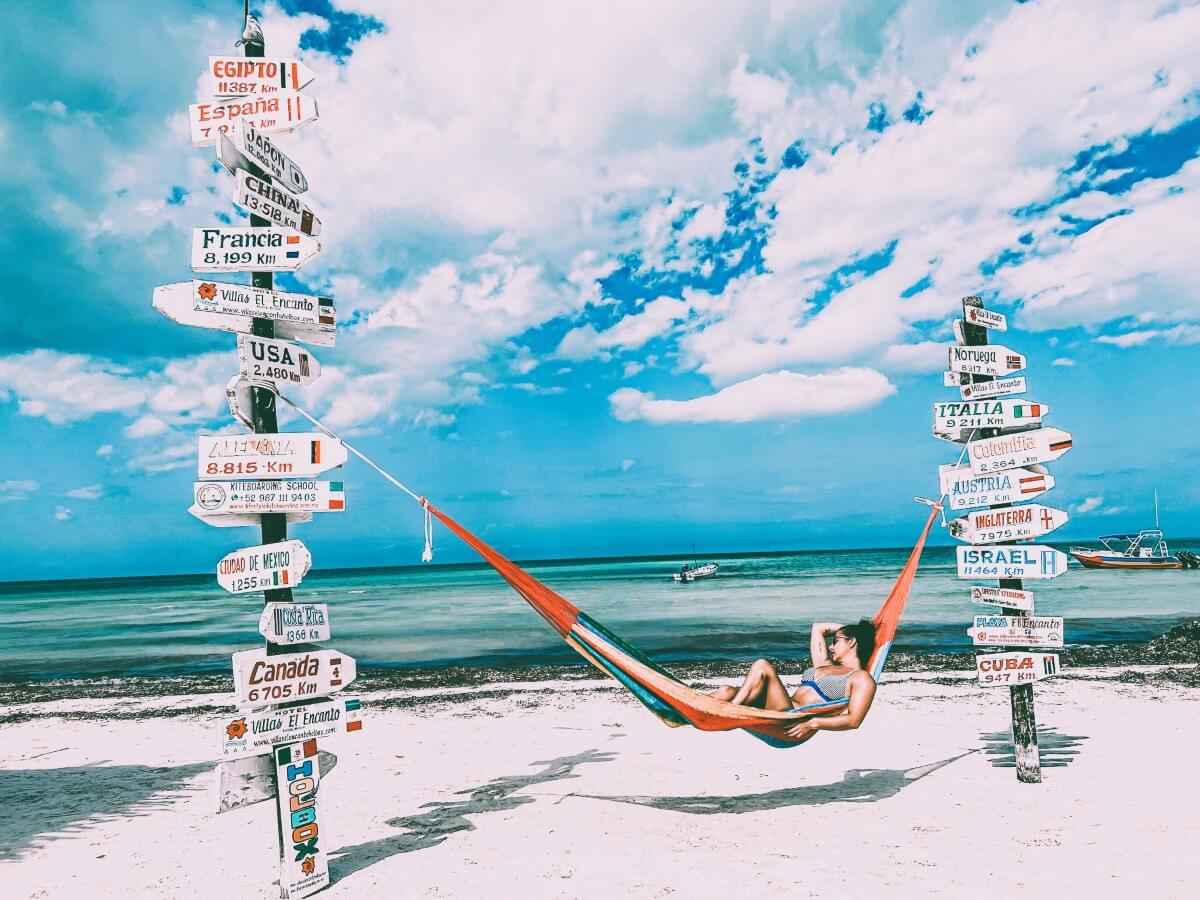
Discover Asia's Amazing Destinations
When planning your trip to Asia, consider visiting some of the lesser-known gems. Cities like Luang Prabang in Laos and Hoi An in Vietnam offer a unique insight into the region's rich history and culture. For those interested in nature experiences, the Himalayas and the lush rainforests of Borneo are perfect destinations. With TICKETS.SE, you can easily find flight deals to Asia and book cheap flights for your Asia vacation.
For those seeking last-minute flights to Asia, it's important to be flexible with your travel dates and destinations. Direct flights to Asia can be more expensive, but with a little planning, you can find low-cost flights to Asia that fit your budget. Use TICKETS.SE to compare flight prices to Asia and find the best promotions. Whether you're planning a weekend getaway or a longer vacation, there are always cheap flights to Asia to discover.
Discover the best global flight deals with TICKETS! Our iOS app scans thousands of flights from top airlines and providers, delivering the best offers directly to you.




